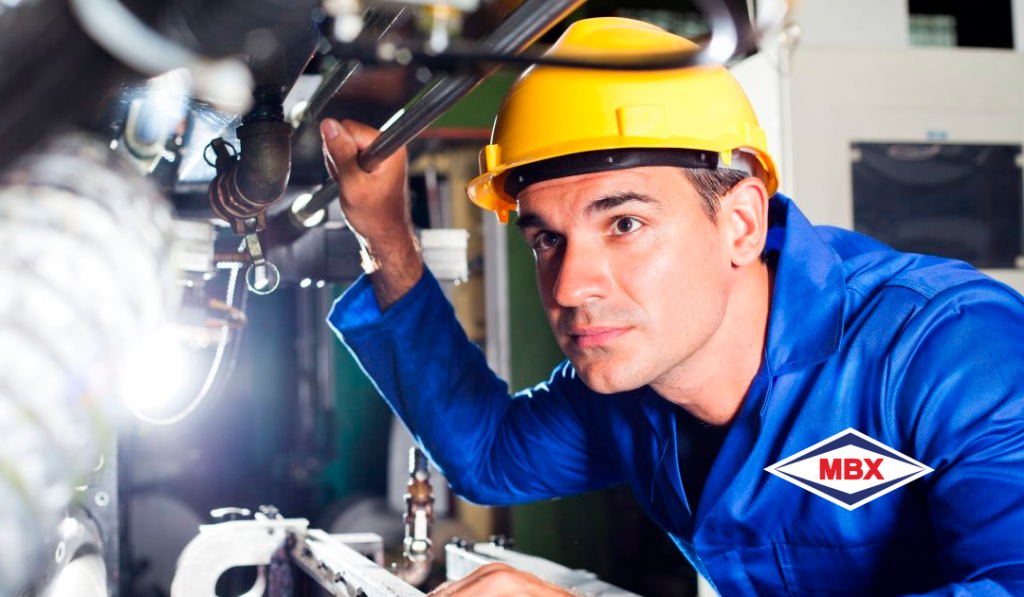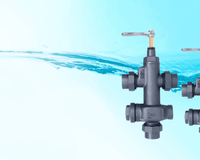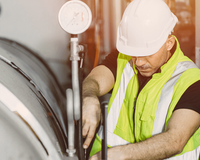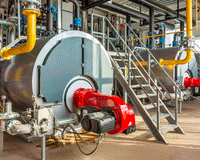How to properly maintain industrial valves

Industrial valves aim to protect machines, workers and consumers/customers from possible damage to physical integrity and/or infrastructure, making the process safe and reliable.
But regardless of their shape and function, industrial valves require periodic maintenance to check for possible damage or wear to the production line. By meeting maintenance requirements, the chances of operating errors are reduced.
See the real importance of periodic maintenance of these valves and understand how to ensure they are always working and contributing to the smooth running of the industry.
Understand why industrial valve maintenance is so important
Maintenance is essential to prevent possible accidents from happening. This ensures greater safety for people when using industrial equipment.
Another point is that maintenance is not just about taking care of specific parts. Ensuring that valves work properly also means preserving the integrity of other parts of the system, such as pipes, pumps, motors, boilers and machines.
Furthermore, poorly maintained and unmaintained industrial valves do not last as long as they should, mainly because they are subject to sudden failures.
These failures can result in different problems, such as slow work, downtime, loss of fluid through leakage and increased replacement costs.
Maintenance steps for industrial valves
In any industrial installation, the use of industrial valves is very common, and they can be found in different formats and for different purposes, including:
- Ball valves;
- Gate valves;
- Globe valves ;
- Butterfly Valves;
- Check Valves;
- Pressure reducing valves;
- Needle valves ;
But regardless of the type, there is a maintenance routine that can always be followed. First, the valves are removed and identified after the visual inspection process.
Once on the maintenance bench, the valve will be completely disassembled, cleaned and all components will be evaluated. Immediately afterwards, any that are worn or defective will be replaced, and then the operational tests will begin.
First, the valves are opened and sealed. Then, the sealing is tested and the equipment is calibrated. In some cases, the valves are painted. Finally, the valves are sealed and sent for reinstallation by the owner company.
Tips to make periodic maintenance of industrial valves more efficient
Just like other industrial equipment, we have seen that there are a series of steps that must be followed when maintaining industrial valves. However, before following these steps, it is essential to understand that maintenance should not only be carried out when there is a malfunction. It must be carried out periodically and in accordance with the manufacturer's instructions.
This frequency will depend on the type of valve used. Those under high pressure or that must withstand extreme temperatures, for example, must be checked weekly or monthly. Those that are not under high pressure or temperature can be checked every six months or annually.
However, it is up to the operator to look for cracks, as well as any other flaws that may appear. If possible, turn the valves to make sure there is no mineral buildup or rust.
Furthermore, but no less important, it is extremely important to have qualified professionals with proven experience in the maintenance of industrial valves, after all, most of them are used precisely to guarantee the safety of the operation and the operators.
Did you like our content? Then take advantage and Discover our catalogue of periodic sludge extraction valves for boilers .





